-

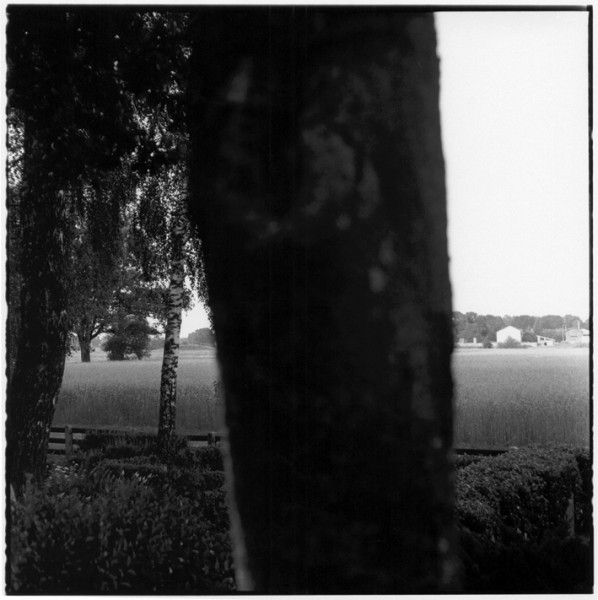


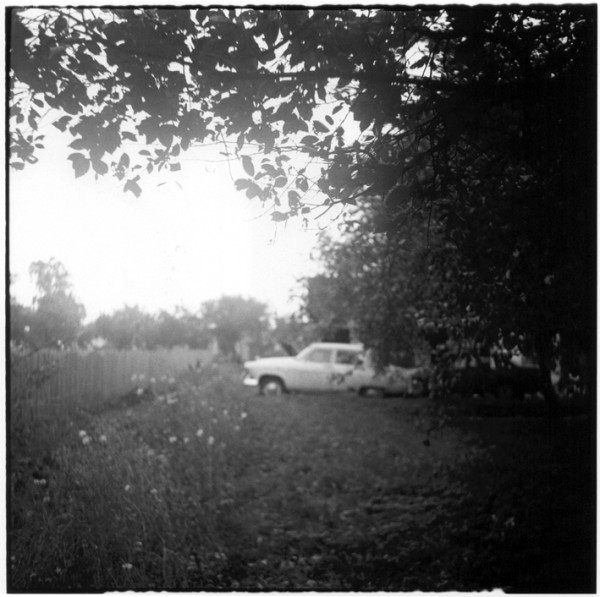
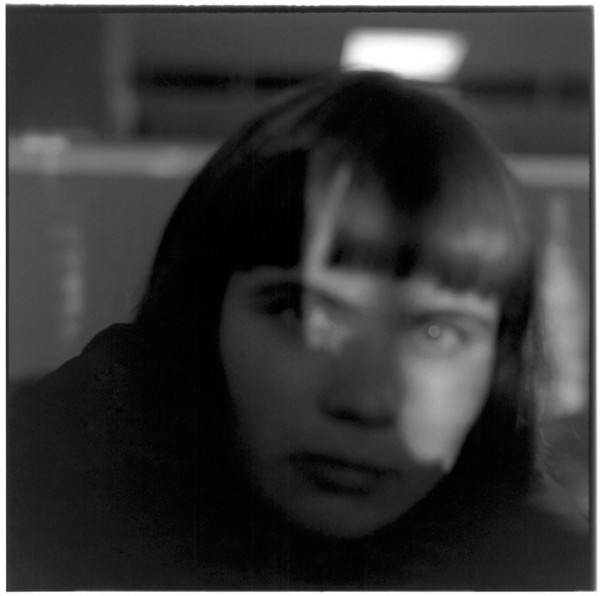
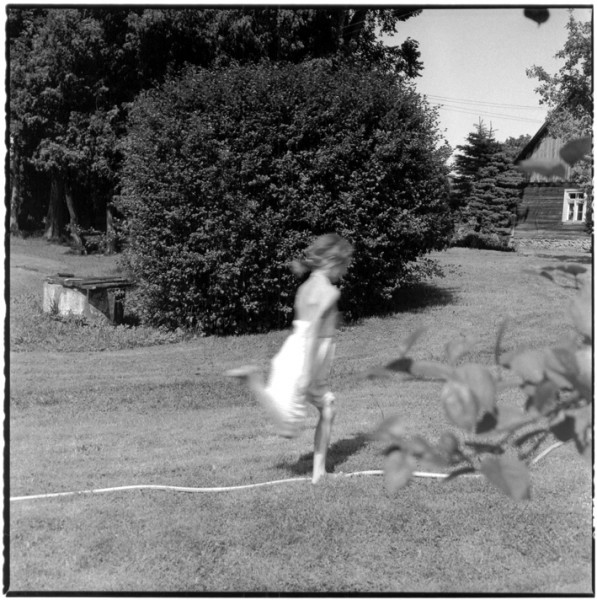
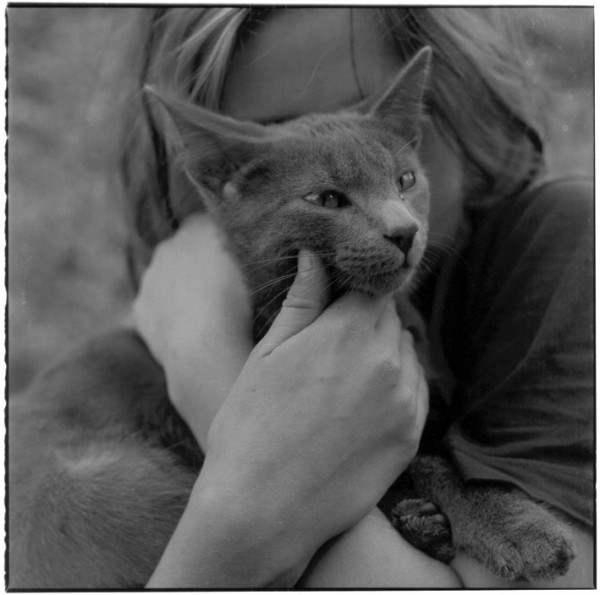


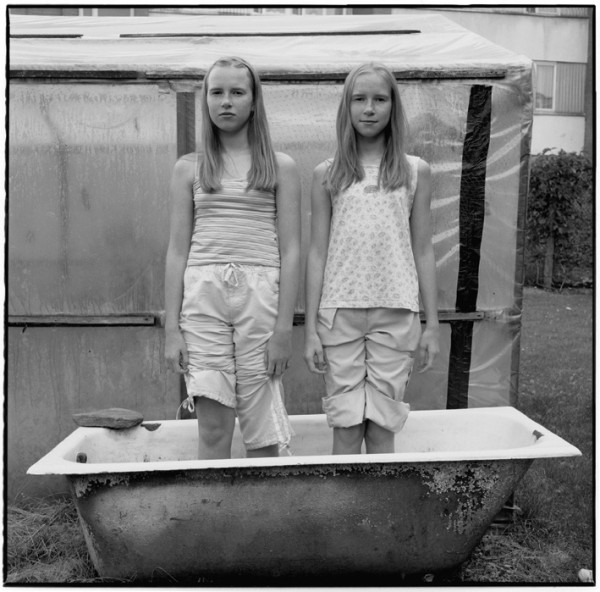
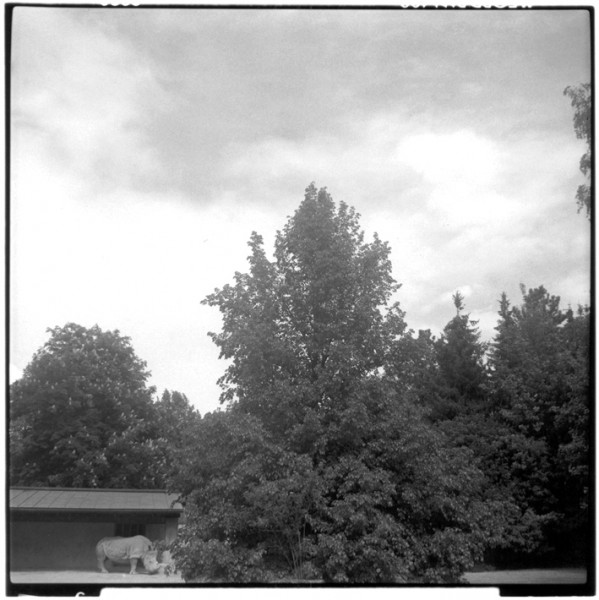
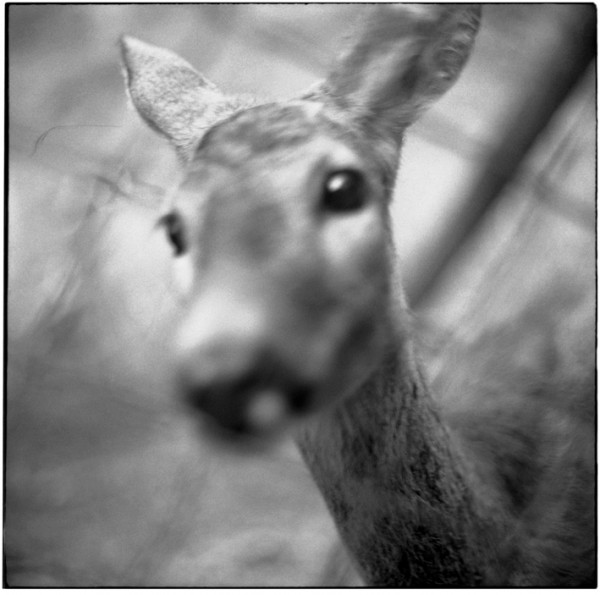
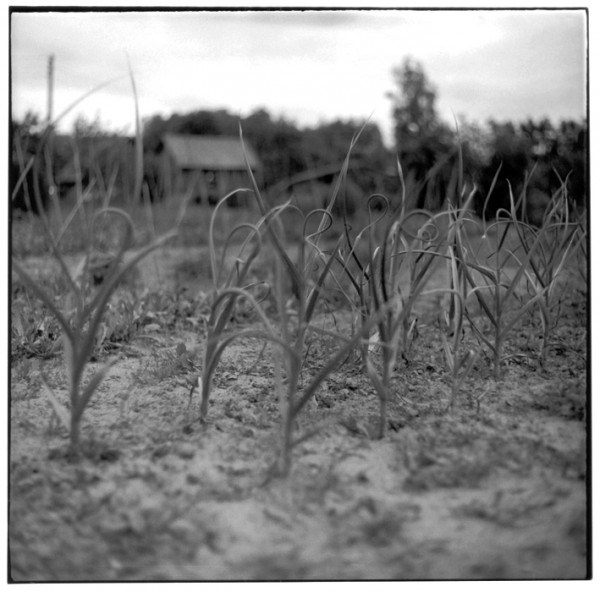
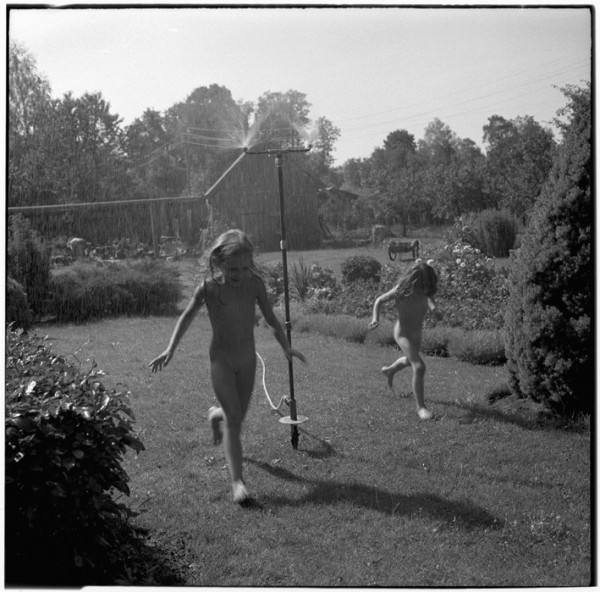
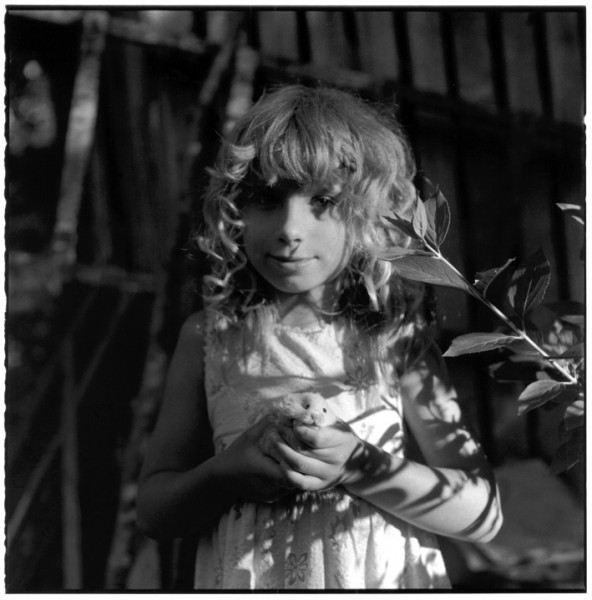


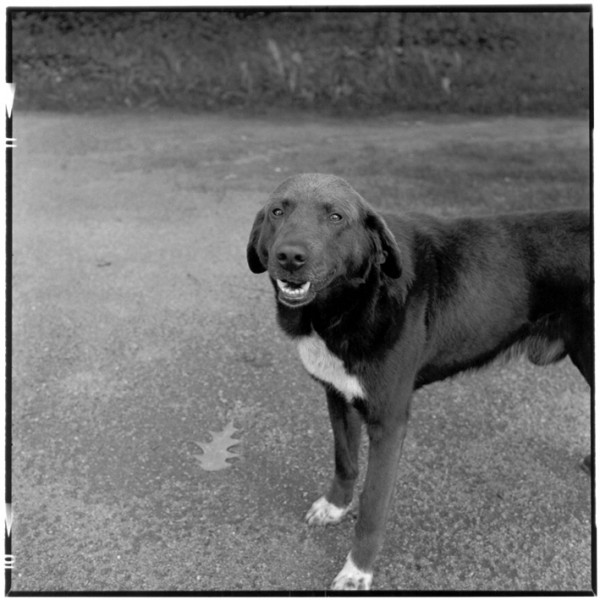





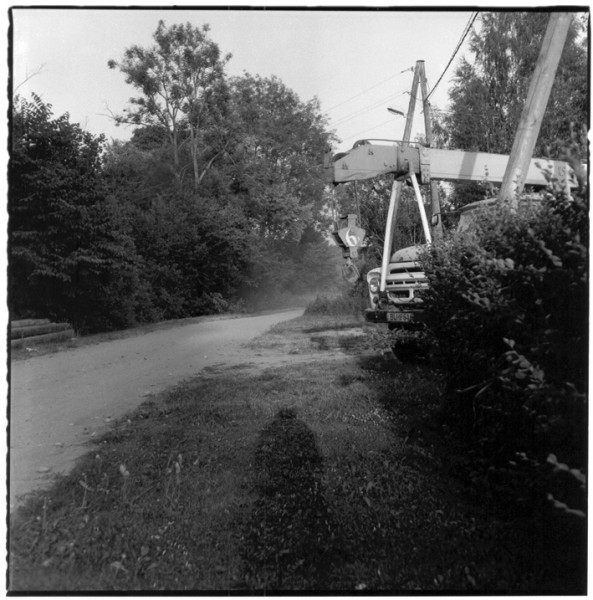


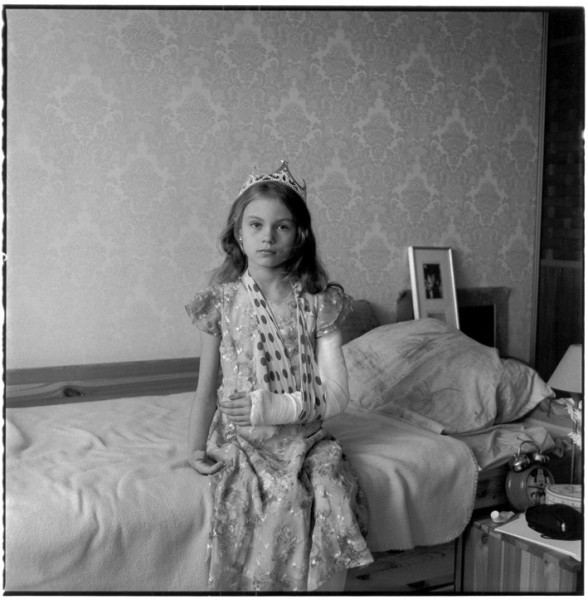
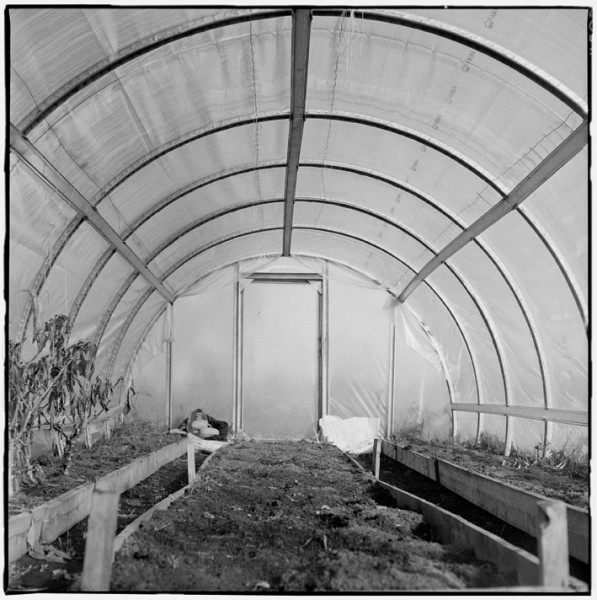
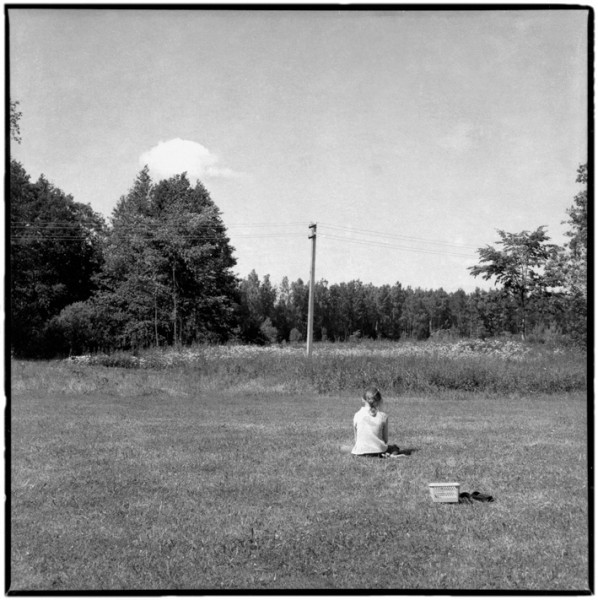
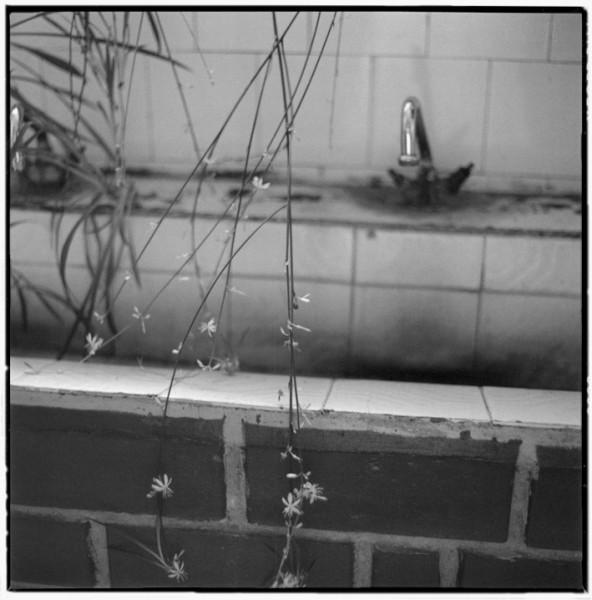
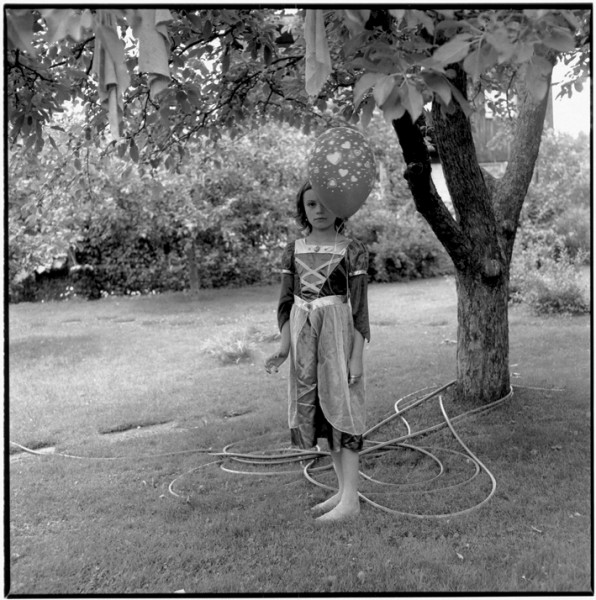
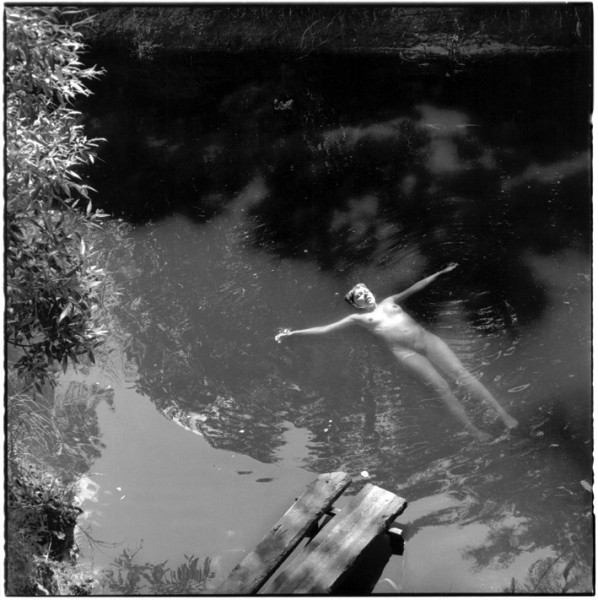

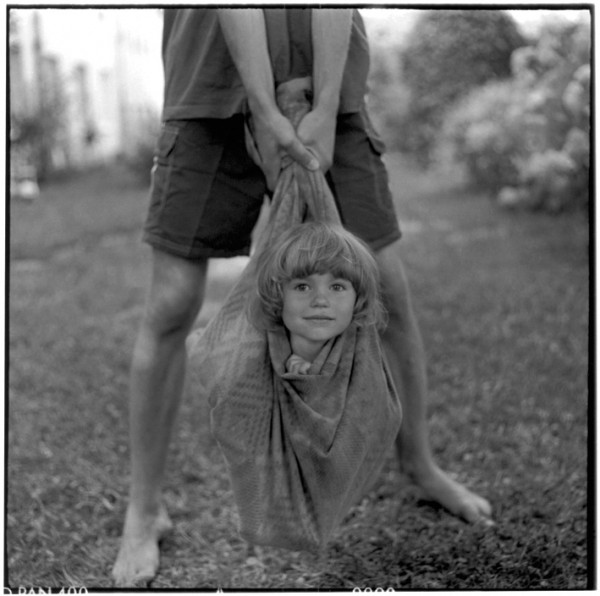
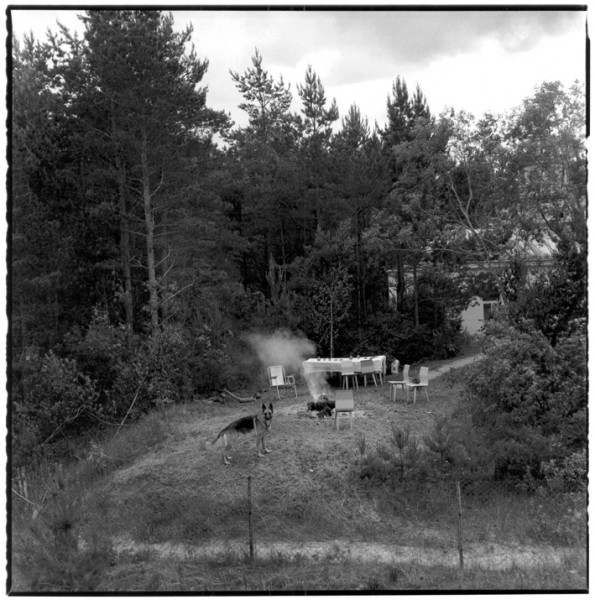


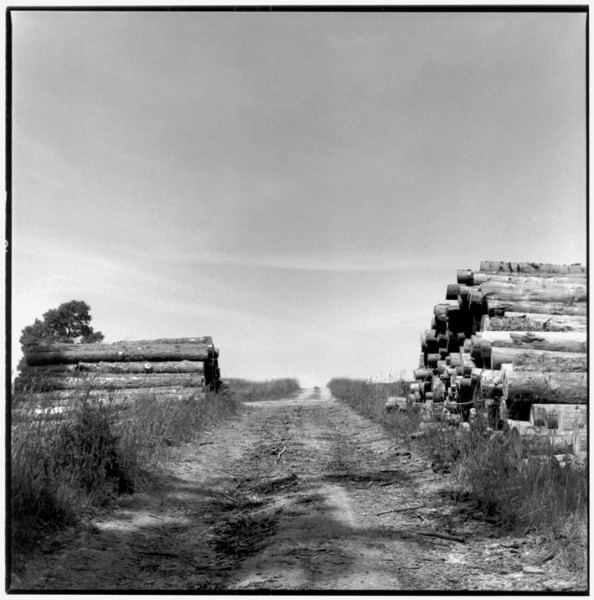

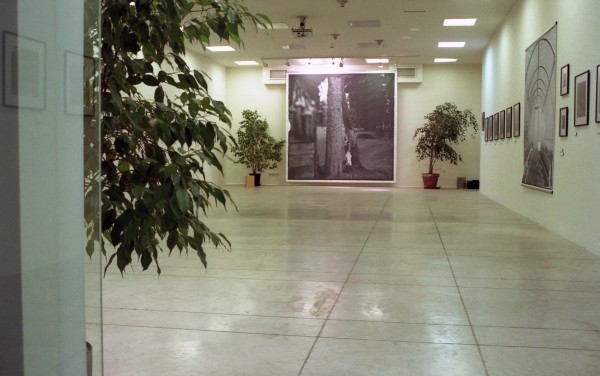


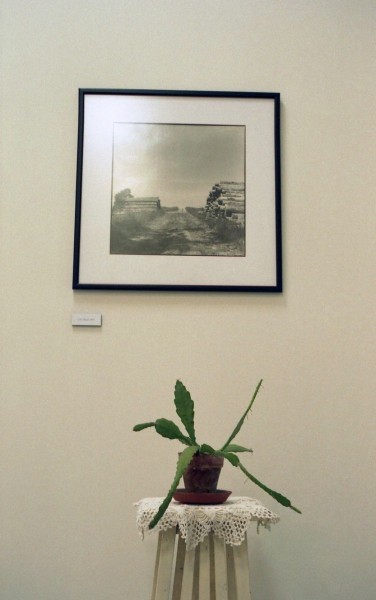
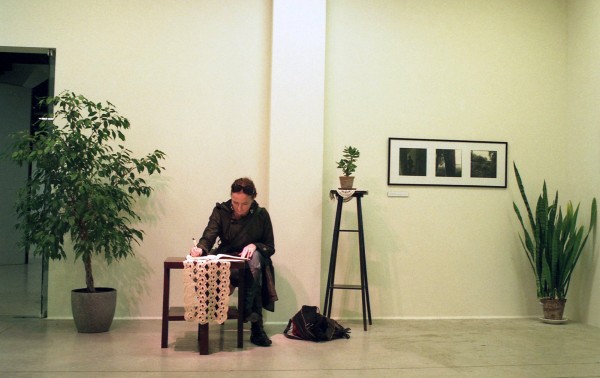
GARDEN 2002 – 2007
For many years I have been living in the Garden – initially just taking photos and not even surmising the scale of this garden, which I learnt later on. Gradually more and more layers started to build up – visions of social life to begin with followed by mythological and biblical realizations.
At present it is hard to come up with a concise definition of what the Garden means to me. While thinking about it I found this note written three years ago: “Tonight a thought struck me that I want all this to be part of my next series the Garden – life in the carefree garden but after having been expelled from Heaven – it is like home – coming but a man in its essence is heavy and sinful, and fearful. However, there is this garden that’s open – it is the garden of Heavenly lightness, where one can sometimes find refuge. Or possibly it goes like this – we are all welcomed, made to feel warm and enlightened. (…) Reflecting on these thoughts is/shall be my next long term photography project.”
And to add: “Recently I watched an old Latvian movie, in which a dying elderly lady with grey hair said: “Heaven is within us. While we love, it’s there inside us and those we love never die. They are with us, in Heaven.”” *
* An approximation of a quote from the feature film “Aiz stikla durvim” (Behind the Glass Door) made by Rigas Kinostudija (Riga Motion Pictures Studio).
___
Garden has presented in solo exhibition in Riga (Riga Art Space, 2008) and in the group exhibition From M to ZZZ in Prague, gallery Langhans (2008) and in Berlin exhibition Life In The Garden (2009) with latvian photographer Ieva Epnere. The photography The Dog at Midsummer's Day from Garden collection has nominated for the Sovereign European Art Prize (2008). Exhibition has nominated for Vihelms Purvitis Art Prize (2008) and get annual Award 2008 of daily Diena.
_
DĀRZS 2002 – 2007
Jau vairākus gadus esmu dzīvojusi Dārzā – sākumā tikai bildējot, vēl nenojaušot tā dārza mērogu, ko vēlāk atklāju. Pamazām nāca klāt vairāk un vairāk slāņu – sākot ar sadzīviskiem redzējumiem, beidzot ar mitoloģiskām un bibliskām atziņām.
Tagad ir grūti īsumā definēt, kas tad īsti man pašai ir Dārzs. Par to domājot, atradu kādu ierakstu pirms trim gadiem: “Šonakt ienāca prātā, ka to visu gribas taisīt savā nākošajā sērijā Dārzs – dzīve bezrūpīgajā dārzā, bet pēc izdzīšanas no Paradīzes – tā ir kā atgriešanās, bet cilvēks pēc būtības ir smags un grēcīgs, un bailīgs. Taču eksistē šis dārzs, kurā var ieiet – tas ir Paradīzes viegluma dārzs, kurā dažkārt izdodas patverties. Vai arī ir tā – mūs uzņem, sasilda un apgaismo. (..) Apcere par šīm lietām ir/būs mans nākamais fotogrāfiskais ilgprojekts.”
Un vēl: “Nesen skatījos vienu vecu latviešu filmu, un tur kāda sirma kundze, kas gulēja uz nāves gultas, teica: ‘Paradīze ir mūsos pašos. Kamēr mēs mīlam, tā ir mūsos, un tie, kurus mēs mīlam, nemirst. Viņi ir pie mums, paradīzē.”” *
* Aptuvens citāts no Rīgas kinostudijas mākslas filmas Aiz stikla durvīm
___
Personālizstāde Dārzs 2008.gadā tika eksponēta Rīgas Mākslas telpā un tajā pašā gadā kā grupas izstāde From M to ZZZ Prāgā, galerijā Langhans (2008), 2009. gadā kopā ar fotomākslinieci Ievu Epneri izstāde Dzīve dārzā, Berlīnē, Giedres Barteltas Galerijā.
Fotogrāfija Suns Jāņu dienā no kolekcijas Dārzs nominēts Sovereign European Art Prize 2008. Izstāde Dārzs nominēta Vilhelma Purvīša Mākslas balvai (2008) un saņēmusi laikraksta Diena Gada balvu 2008. -